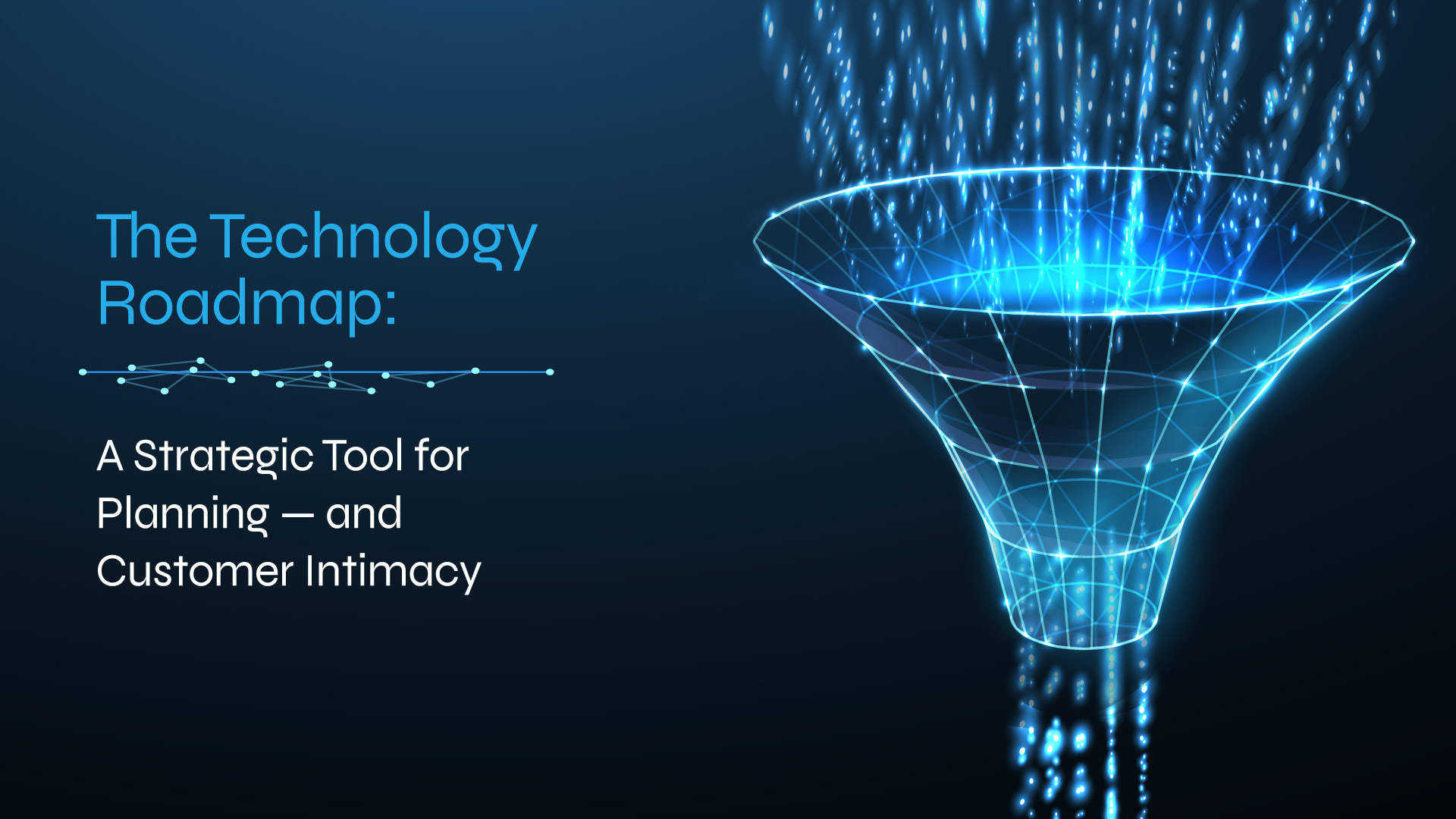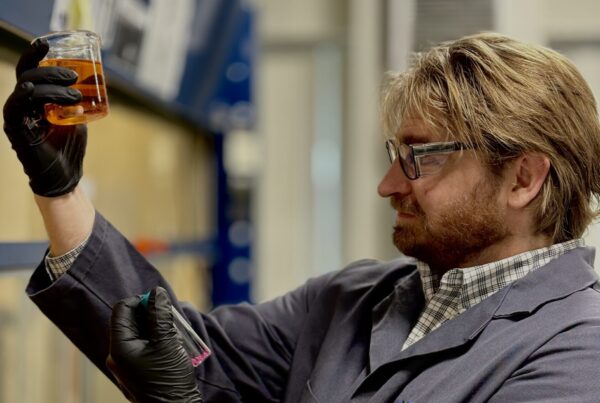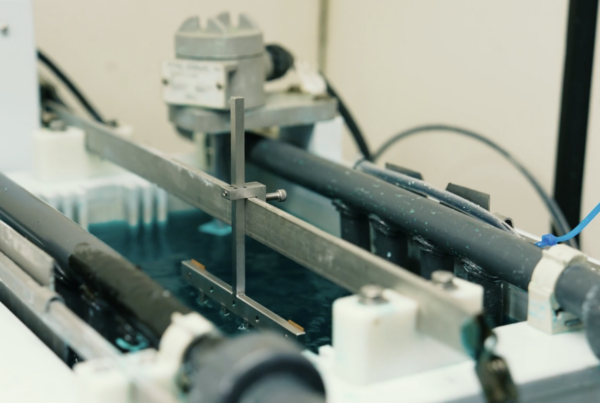The unique nature of technology firms requires a vigilant focus on growing the business, extending opportunities for existing products and discovering new solutions.
Our tool of management to assist customers in surmounting these challenges? The Xtalic Technology Roadmap.
At Xtalic we host Technology Roadmap sessions each year with strategic customers. There are many benefits, from sharing our vision and plans for the future to learning and verifying our latest — and most imaginative — technology trends.
Contents
Technology Trends
Identifying — and anticipating — trends are a great place to start the technology roadmap discussions. As a supplier to OEM, we have a different perspective on what drives change within any given market. For example, wireless charging may be the current hot button in the mobile phone business. Consumers are demanding faster charging times and lower costs.
As OEMs and device manufacturers, our work moves from the macro to the granular level as we explore how to achieve those goals. Can we boost the Q factor between the transmit and receive coil? Is there any way to lower resistance? Can we reduce the coil size to save space?
By understanding the pain points in the engineering process, we can ideate an array of potential paths to achieving our shared goals and optimize the solutions in the process.
Customer Intimacy
The Technology Roadmap process works best when we focus on leveraging the opportunities and problems at hand, with less of a focus on solving those problems. We want to identify the challenges. As an advanced materials company focused on unlocking sustainable breakthrough performance, setting the stage for a session with a customer starts by advancing the challenge: “A great outcome is saying ‘If only we had a material that could do ____.’”
Sometimes we chart a course to a great opportunity. Like a nanostructured material that performs like a precious metal but isn’t so expensive. Or an advanced alloy that halts diffusion like nickel but doesn’t have the negative health concerns about contact dermatitis.
Other times a customer may ask for a “new material,” and as we connect the dots, they lead to another industry where we work or have collective experience. There, the needed material already exists and is commercially available. While such an outcome doesn’t result in any immediate revenue, it provides critical value for our customer, reinforcing our broad knowledge of the materials industry and its potential applications.
Strategy and Planning
“Everybody has a plan until they get punched in the mouth.” – Mike Tyson.
As irrelevant as it may seem in a technology roadmap discussion, Mr. Tyson’s point is valid and applicable. When road-mapping, we need to consider the products and technologies at the end of the pipeline — those in the commercialization stage or nearing that stage. But we must also feed the front end with new ideas and potential.
Every project runs into obstacles and growing pains. How we react to unforeseen events — getting punched in the mouth — matters. With a robust pipeline of opportunities, we can smooth over the bumps and hurdles — fully anticipated but for the specifics — in developing any new advanced technology product.
Sometimes the technology roadmap is quite clear and linear — a fully commercialized technology with the next generation requiring improvements in a vital performance factor: weight, miniaturization, cost, durability, or manufacturing yield.
Our challenge starts with seeing how to improve the metals to take the next step along that journey.
In other cases, we have arrived at the perfect time – the moment of needed disruption. The prior technology is done — it’s run out of gas — and a new disruptive approach is required to advance the state-of-the-art. These are often high-risk/high-reward projects and our personal favorites.
For the first type of project, the pathway is clear. Moore’s Law is an excellent example of this type of roadmap where the need and goal are evident. Of course, real work still exists to develop the next great technology, but the need is clearly defined.
In the latter case, the opportunity is more nebulous as to how we might solve such a problem. Therefore, we must creatively identify a new and different approach to solve a critical challenge.
At Xtalic, talented engineers and scientists leverage our computationally designed materials to come up with a technology roadmap that solves challenges in dozens of industries and even more applications daily — problems new, hard, and otherwise.
What challenges are on your technology roadmap?




